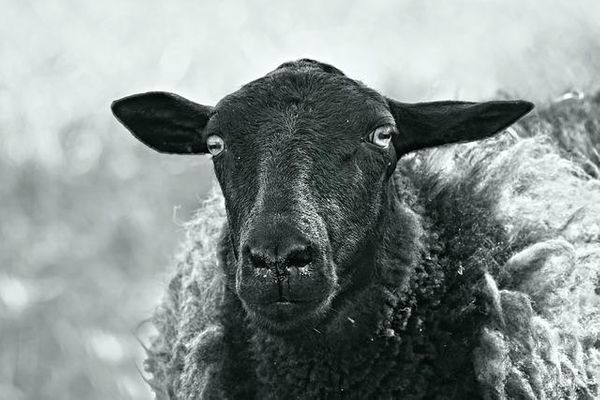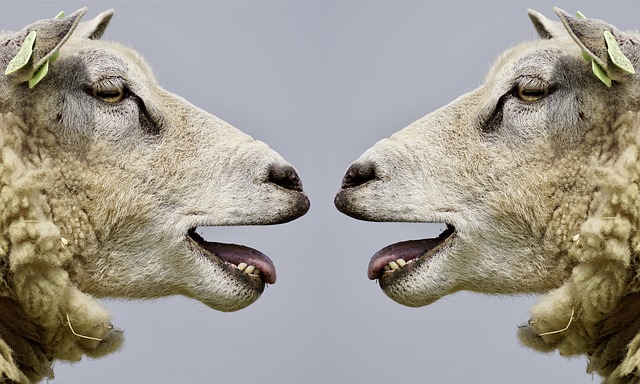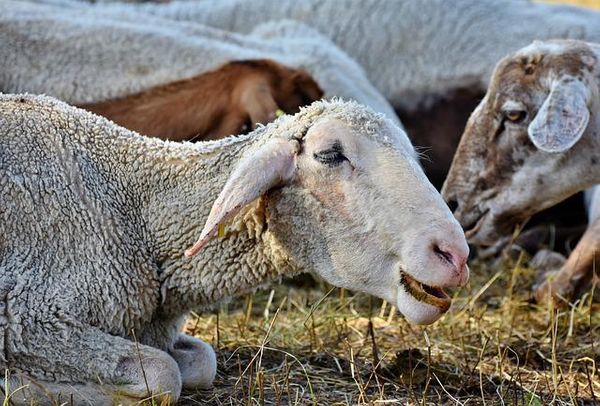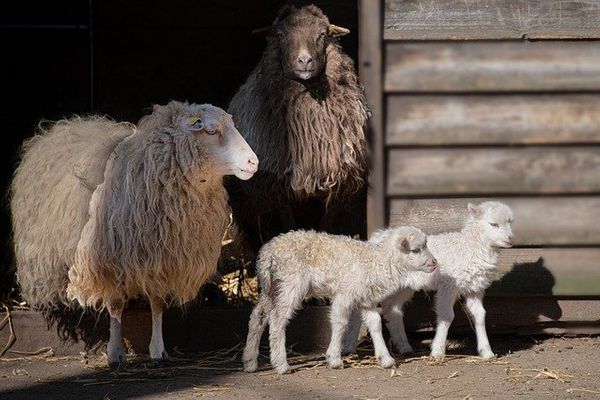Sheep are great pets and are good at adapting to the environment. This makes their colonies very secure and easy to care for. But sheep have problems you need to know about because they can lead to diseases, which will affect your sheep. Some common diseases in sheep include:
Also Read: Health Views: Most Common Diseases in Goats – Symptoms & Treatment
Johne’s Disease (Paratuberculosis)
Disease occurs in all sheep husbandry systems, including those with extensive flock management. The annual ewe mortality rate from Johne’s disease is estimated to be as high as 5 to 10% in many infected flocks. Adult sheep are unlikely to develop clinical disease from infection.
Johne’s Disease’s Symptoms in Sheep
In a sheep flock, the classic sign of the disease is a distinct tail to the mob, consisting of sheep in poorer condition than the rest of the mob.
Most infected sheep do not show symptoms of illness for a long time. Many infected sheep carry the bacteria in their guts and spread the disease before they show obvious symptoms.

Johne’s Disease’s Treatment
While there is no cure, vaccination has been shown to be extremely effective.
Caseous Lymphadenitis (CLA)
Caseous lymphadenitis (CLA) is a bacterial infection that affects sheep and goats. Corynebacterium pseudotuberculosis causes the disease.
The bacterium enters the body via inhalation or penetration of wet or injured skin, where it then travels to the nearest lymph gland. Sheep gathered together pose the greatest risk of infection when infected sheep cough or through pus-contaminated soil.

Caseous Lymphadenitis (CLA) Symptoms
CLA is characterised clinically by lymph gland abscesses and chronic wasting.
Caseous Lymphadenitis (CLA) Treatment
Carrier animals, primarily rams, are responsible for the majority of new infections, and flock owners should take the following precautions:
- Owners of flocks should inspect purchased stock for evidence of scarring around the heads of rams and ram lambs.
- Keep purchased stock isolated for as long as possible (a few weeks minimum) and separate suspect cases
- When dealing with suspected or confirmed cases, use strict hygiene practices, such as cleaning and disinfecting equipment, destroying potentially infected bedding, and cleaning and disinfecting clipper blades between sheep.
- Apply antiseptic to any nicks or cuts and wait two weeks between clipping and dipping to ensure all skin wounds have healed.
- Maintain good hygiene during lambing, docking, and castration.
- There have been a few cases of lymph gland infection in humans.
Reference:
Bluetongue
Bluetongue is an insect-borne viral disease that affects all ruminant species, though sheep are the most severely affected. It has no effect on humans. The virus that causes the disease is spread by certain species of biting midges.

Bluetongue Symptoms
- fever,
- head and neck swelling,
- and lameness
- Mouth, nose, and eye mucous membrane inflammation and ulceration
- drooling
- haemorrhages in the skin and other tissues
- respiratory problems such as froth in the lungs and inability to swallow
- tongue discoloration and swelling (rare)
Bluetongue Treatment
Animals must be housed in separate air spaces that are not shared with other susceptible livestock.
Prior to the arrival of the imported animals, the isolation facility must be cleaned and disinfected, as well as pre-sprayed with a recommended insecticide.
Sheep Scab
Sheep scab is an intensely pruritic, exudative, allergic reaction to the Psoroptes ovis mites that live on the skin’s surface, causing intense irritation and skin breakdown. Sheep scab is highly contagious, and it spreads via mite transfer from infected/carrier sheep to sheep free of Psoroptes ovis mites. It can also happen through the transfer of mites from contaminated wool, equipment, fences, sheds, fields, and so on.

Sheep Scab Symptoms
Severe itching and scratching, biting at the flanks, restlessness, wool loss, exudative and pruritic skin lesions, skin covered in scabs and thickened skin, skin excoriation and secondary skin infections, severe pain, weight loss (which can be severe), low birth weights, and higher perinatal mortality rates in lambs born to affected ewes are all clinical signs.
Sheep Scab Treatment
Immediate treatment is required. Please seek advice from your veterinarian.
Schmallenberg Virus
The disease has mostly been identified in small ruminants near the time of reproduction, with offspring displaying signs of brain damage or malformations.
The disease is spread by midges, and vertical transmission from the dam to offspring occurs. However, there is a risk of infection from imported animals that are infected, as midges spread the virus.

Schmallenberg Virus Symptoms
Among the symptoms are:
- Fever
- General deterioration
- Anorexia
- Milk yield has been reduced (by up to 50 percent)
- Diarrhea
- Individuals recover in a matter of days, while the herd takes two to three weeks.
Schmallenberg Treatment
Schmallenberg does not have a treatment option. Infected adults will recover; however, offspring will be harmed if they were pregnant at the time of infection.
Malformed lambs and calves are likely to be distressed and have a low chance of survival or growth in the long run. They should most likely be culled.
Foot and mouth disease (FMD)
Foot and mouth disease (FMD) is a severe, highly contagious viral disease that has a significant economic impact on livestock. Cattle, swine, sheep, goats, and other cloven-hoofed ruminants are all affected by the disease.

Animals raised intensively are more susceptible to the disease than traditional breeds. The disease is rarely fatal in adult animals, but it is frequently fatal in young animals due to myocarditis or, if the dam is infected, a lack of milk.
Foot and mouth disease (FMD) Symptoms
Fever and blister-like sores on the tongue and lips, in the mouth, on the teats, and between the hooves are symptoms of FMD. The disease causes significant production losses, and while most affected animals recover, the disease frequently leaves them weakened and debilitated.
Foot and mouth disease (FMD) Treatment
At the farm level, the following measures are recommended:
- Control over people’s access to livestock and equipment;
- controlled introduction of new animals into existing herds;
- regular cleaning and disinfection of livestock pens, buildings, vehicles, and equipment;
- illness monitoring and reporting; proper disposal of manure and dead carcasses
Vaccination strategies can be designed to achieve mass coverage or to target specific animal subpopulations or zones, depending on the FMD situation. Reference and Source:
Listeriosis
Listeria is a common bacterium found in normal sheep’s gut. It can also survive and multiply in the environment, especially in rotting vegetable matter, but also in soil, water, manure, and feed (including pasture), and it can live for up to five years.

Listeriosis Symptoms
In 0.5 to 10% of the flock, there was staggering, convulsions, head tilt, circling, recumbency, limb paddling, and death. Abortions have also been reported in clinically normal sheep. The post-mortem examination was uneventful.
Listeriosis Treatment
Antibiotics are generally ineffective in neurological cases, so treatment options are limited. Reference
Also, check out common diseases and health views on animals at Pet Care and Animal Health





